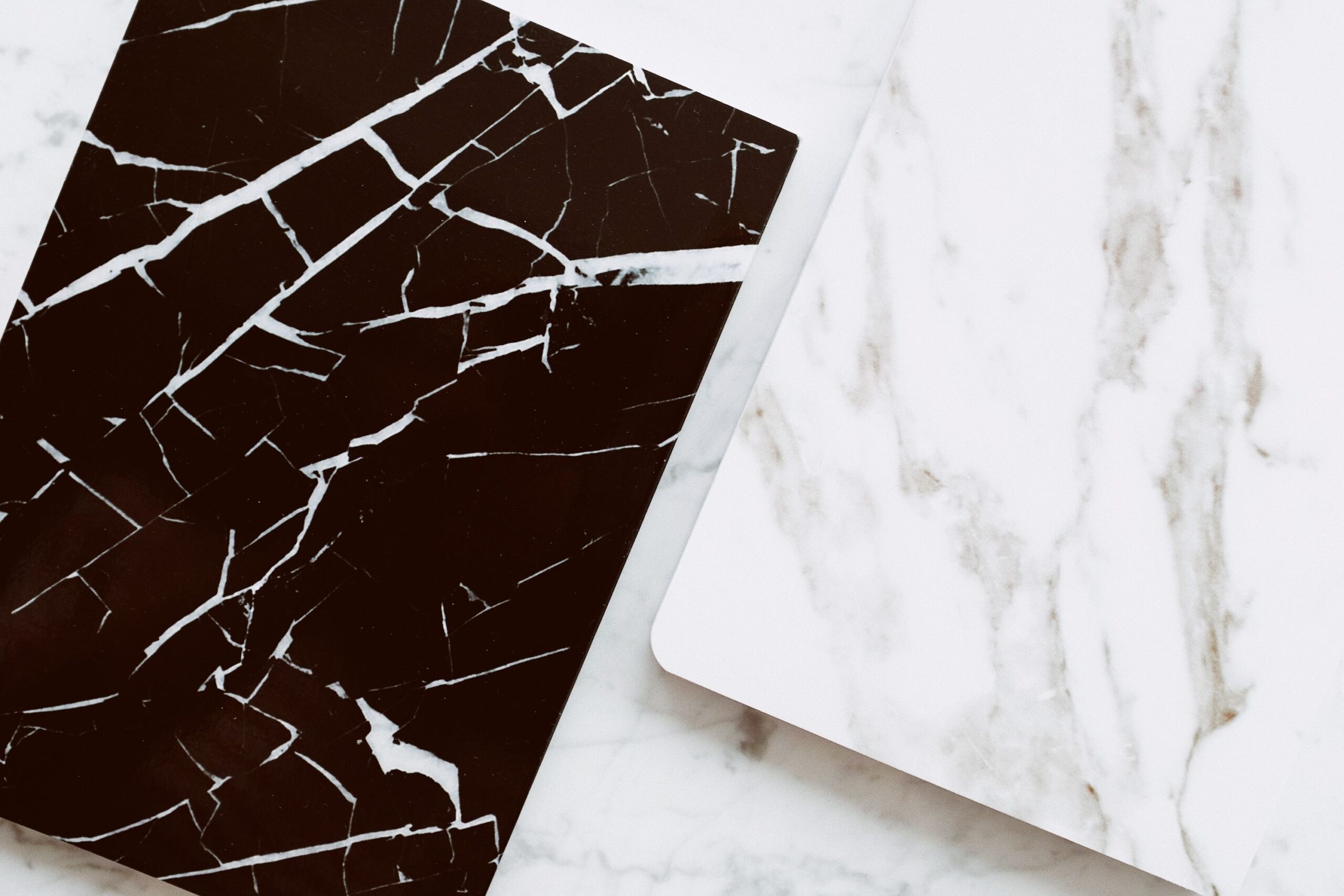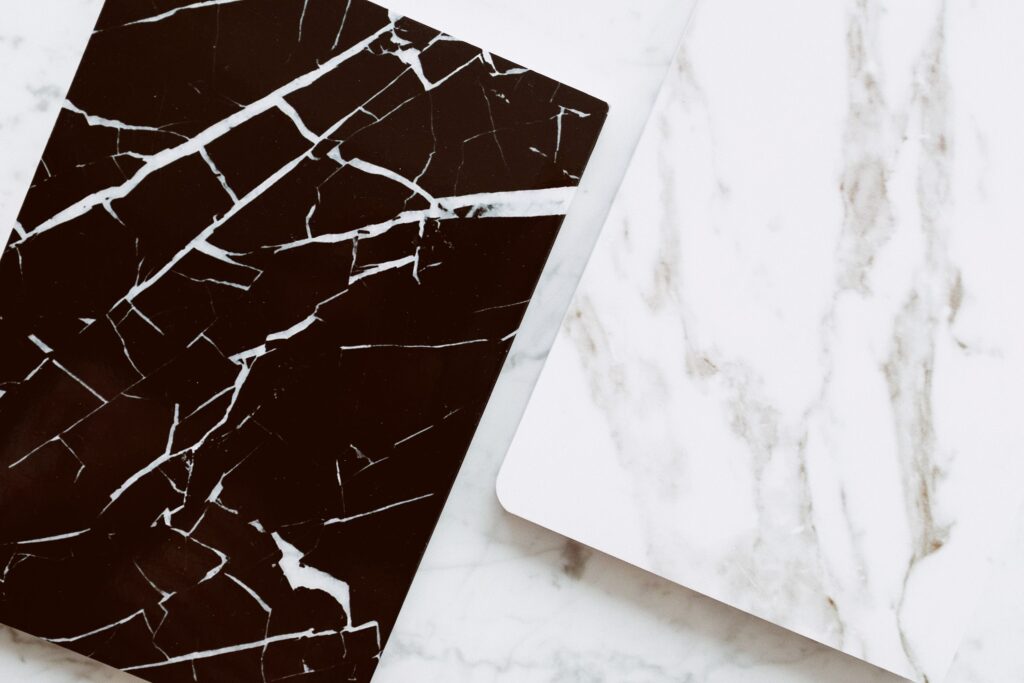
Marble and granite are two of the most sought-after flooring, tabletop, backsplashes, and wall covering materials in modern and contemporary homes. They are both beautiful and elegant but each one has its own attributes. It is important to know them as the long-term preservation of these natural stones depends greatly on how properly they are cared for and maintained.
Properties of Marble and Granite
The porosity of marble and granite is their biggest difference. Marble, a calcareous stone made mostly of calcium carbonate, is basically softer and more porous. It is highly sensitive to acids such as citrus fruits, vinegar, wine, tomatoes, and cleaning products.
Granite, an igneous rock, has a crystalline structure that makes it more resistant to abrasion, discoloration, and staining. It is the strongest of all natural stones. &nbs犀利士 p;

Marble and granite are both hard, heavy, and relatively scorch and heat proof. They both can be stained by oily or intensely colored foods so they both require regular sealing, typically once a year.
How to Preserve Marble and Granite
You can prolong the service life of the precious marble and granite surfacing materials in your floor, wall, and kitchen by following these guidelines:
- Dust mop floors frequently. Clean countertops multiple times a day depending on how often you’re using them.
- Blot up spills immediately. Wiping the area will spread the spill.
- Clean surfaces with mild detergent with a neutral pH or stone soap.
- Thoroughly rinse and dry the surface with clean water after washing.
- Prevent staining by protecting floor surfaces with area rugs or mats and countertop surfaces with coasters, cutting boards, placemats, or trivets.
- Don’t let acidic food and drink such as vinegar, lemon, and wine, or other cleaners containing acids on marble.
- Don’t use cleaners that contain acids such as bathroom cleaners and grout cleaners. Also, don’t use abrasive cleaners such as dry cleansers or soft cleansers.
- Avoid scratching the surfaces with hard, sharp or rough objects such as steel brush, steel wool, or knife.
- Seal marble and granite surfaces using the appropriate sealer for the type of stone, its location, and how it is maintained. The sealing frequency of stone surfaces indoors could be once every six months or yearly to as infrequently as once in ten years.
- Topical sealers are generally not recommended in outdoor applications because they can trap moisture within the top layer of the stone which happens during the freeze/thaw cycles.
The key to preserving your valuable investment of marble and granite in your home is the combination of preventive measures, regular cleaning, and long-term maintenance.